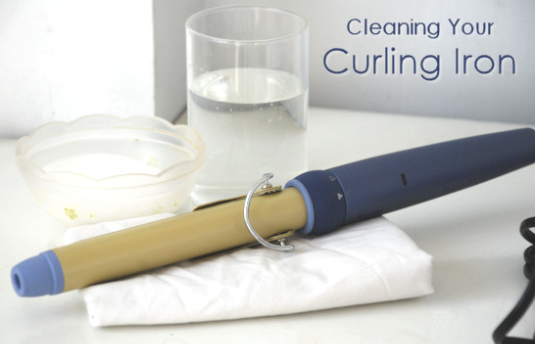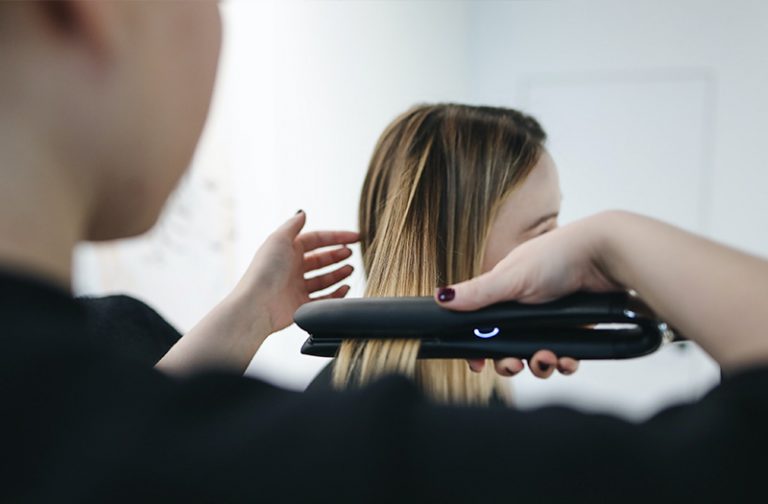Are you tired of the morning struggle with unruly hair? The promise of a sleek, smooth, frizz-free mane is enticing, but with so many hair care tools on the market, it can be hard to separate fact from fiction. Ionic brush – a tool that claims to revolutionize the way you brush your hair – but does it really work? We’re going to examine the science behind ion technology, contrast ion brushes with traditional brushes, read real customer reviews, discuss the benefits of using ion brushes on different hair types, explore the best techniques for maximum efficacy, and address potential side effects and risks. So strap in and get ready to find out if an ion brush is a solution you’ve been looking for.
● How does an ionic brush work?
Negative ions are used in an ionic brush to reduce static in the hair. These negative ions function to balance the positive ions that cause static electricity to build up in the hair. An ionic brush can help reduce frizz, increase shine, and make hair easier to manage by neutralizing these positive ions.
● Ionic vs. traditional hairbrushes
Unlike conventional brushes, ionic brushes use negative ions to help eliminate static electricity and improve the overall health and appearance of hair. Conventional hairbrushes, on the other hand, are used to detangle and style hair and are often made of natural or synthetic bristles.
● Do ionic brushes work on all hair types?
All hair types can use ionic brushes, but some hair types may benefit more from using an ionic brush than others. For example, using an ionic brush may be more effective on curly or frizzy hair and less effective on straight hair.
● How to choose the best ionic brush for your hair
When choosing an ionic brush, it’s important to consider your hair type, the brush’s bristle type, and the brush’s features (such as temperature control or a built-in ionizer). Reading reviews and researching different brands and models can also help you make an informed choice.






